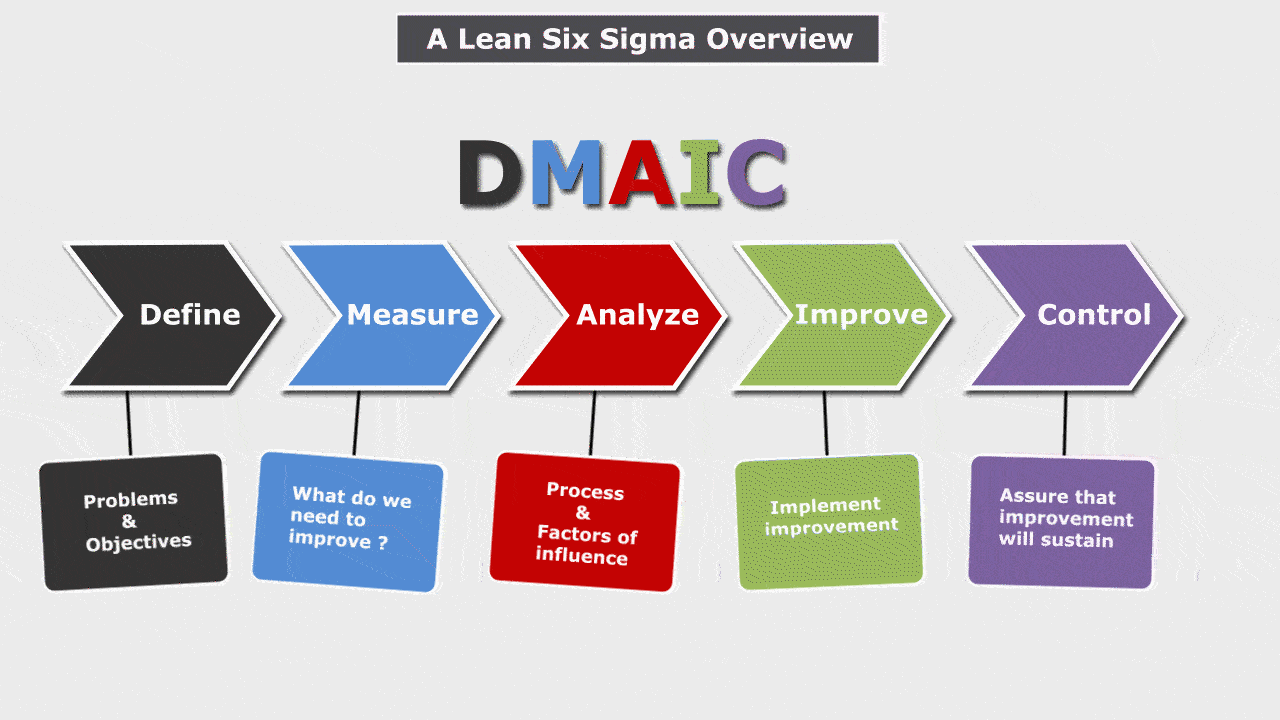Call us:
+442036084550
Monday-Sunday (24 Hours)
 2014-02-10
2014-02-10
Lean Six Sigma is an approach which is used to focus on the improvement of quality, reducing variation and eliminating waste in any organisation that is large or small. It employs the use of two improvement programmes Six Sigma and Lean Enterprise. Six Sigma is a quality management philosophy and methodology which focuses on reducing variation and measuring defects, it also looks at improving the quality of products and services. The concept of Six Sigma was first introduced by Motorola in the 1980’s and grew in popularity in the 1990’s due to its success with Motorola. Moreover, Lean Enterprise is a methodology which essentially focuses on reducing cycle time and waste during processes. Lean originated from Toyota and increased in popularity in 1973. The idea of ‘Lean Enterprise’ is to take it away from simply working with manufacturing to allow it to embrace all organisations in their entirety.
Six Sigma uses the following concept: Define, Measure Analyse, Improve and Control – DMAIC, which is ultimately seen as a problem-solving approach. These tools are powerful when put with the Lean tool which is set up to eliminate waste, organise and simplify all working processes.
The combination of Six Sigma and Lean Enterprise became popular in the 1990’s and quickly took the world by storm when some of the largest companies in the world were combining the two. Many became aware of their synergies and how well they worked together – both methods complimenting the next one.
BAE Systems Controls in Indiana was one of the first private industry companies to employ both methodologies together to form one. They blended the Lean manufacturing tools with the Six Sigma quality tools thus leading their Lean Six Sigma strategy to increase ‘velocity, eliminate waste and minimise process variation and secure its future in the aerospace market’. They began with implementing the Lean initiatives and then identified a synergy between Lean and Six Sigma and thus went from there. As part of the Six Sigma programme, they introduced statistical methods and approaches to all tasks and staff. This then turned into team leadership whereby they ensured all team leaders took the Six Sigma training course and were involved in the different belts depending on their role and responsibility within the organisation.
The Lean Six Sigma DMAIC problem-solving methodology is used to improve all processes. Each phase is well defined and standardised.

Both Lean and Six Sigma work well together, they marry well and help many organisations around the world function successfully with quality under their belts. This would not be possible without both Lean and Six Sigma.

Thank You For Your Enquiry.
Our representative will get in touch with you shortly. You can also:Call Us: +442036084550
Email Us: info@sixsigma.co.uk
Please leave your comment